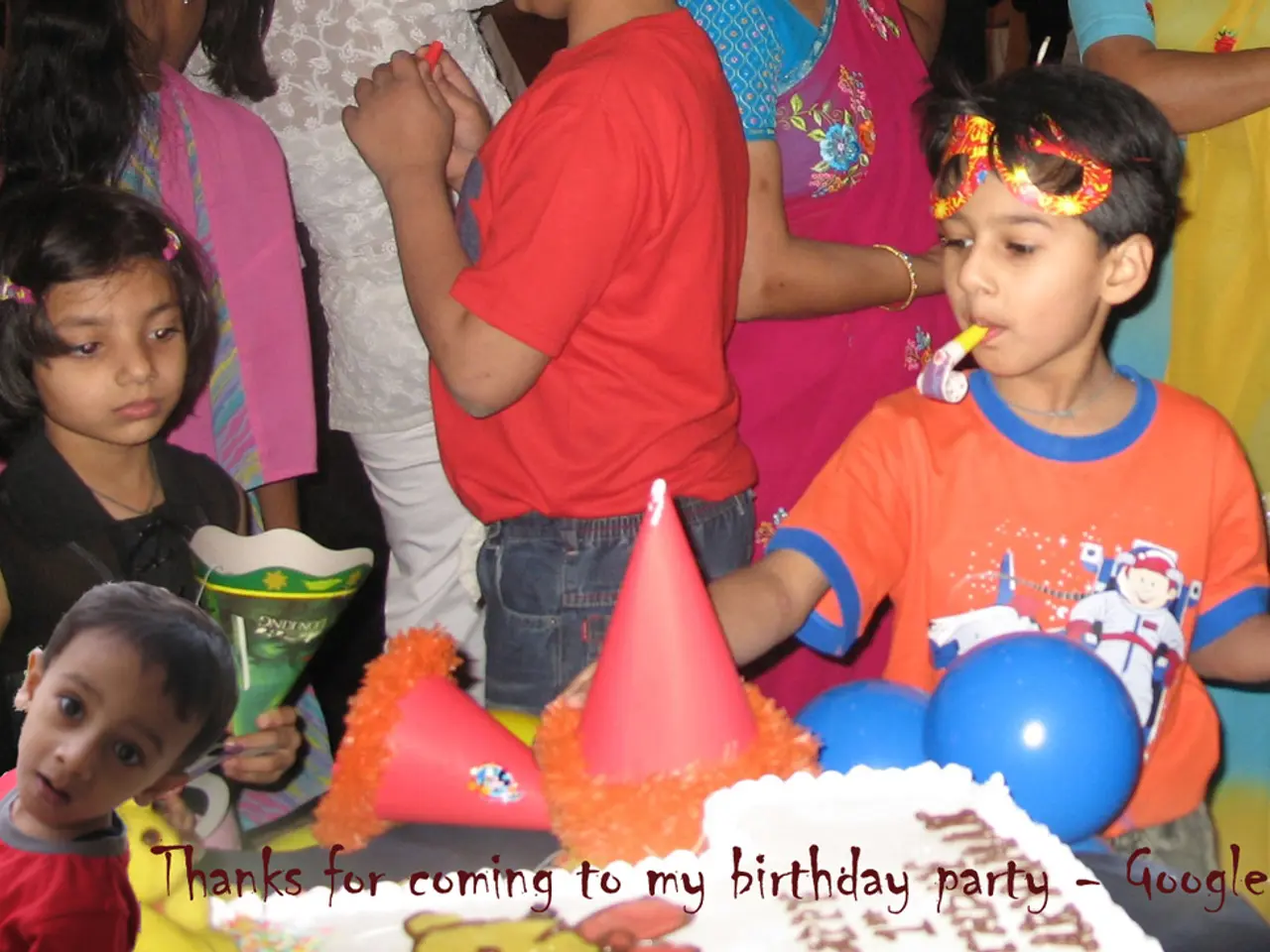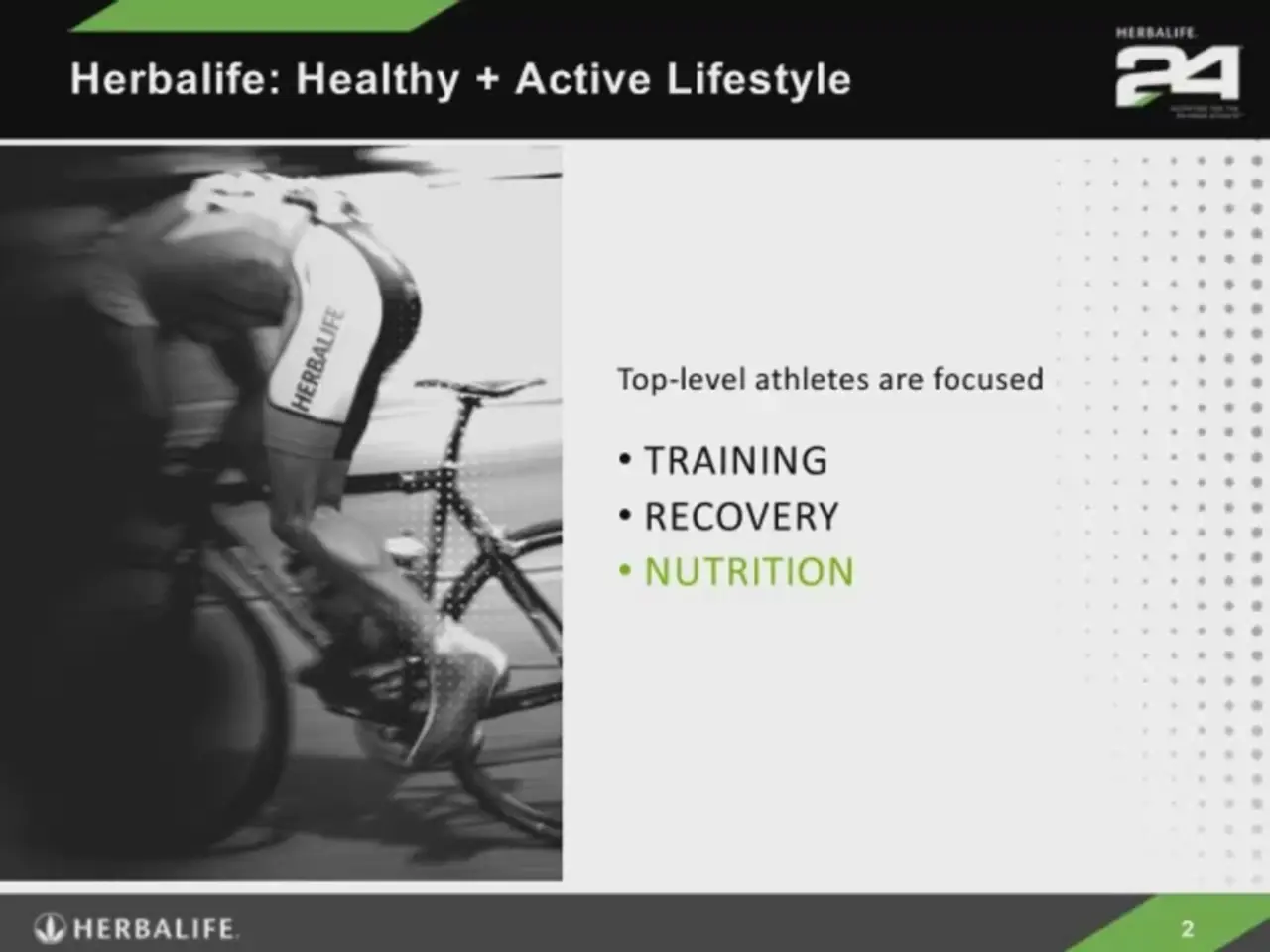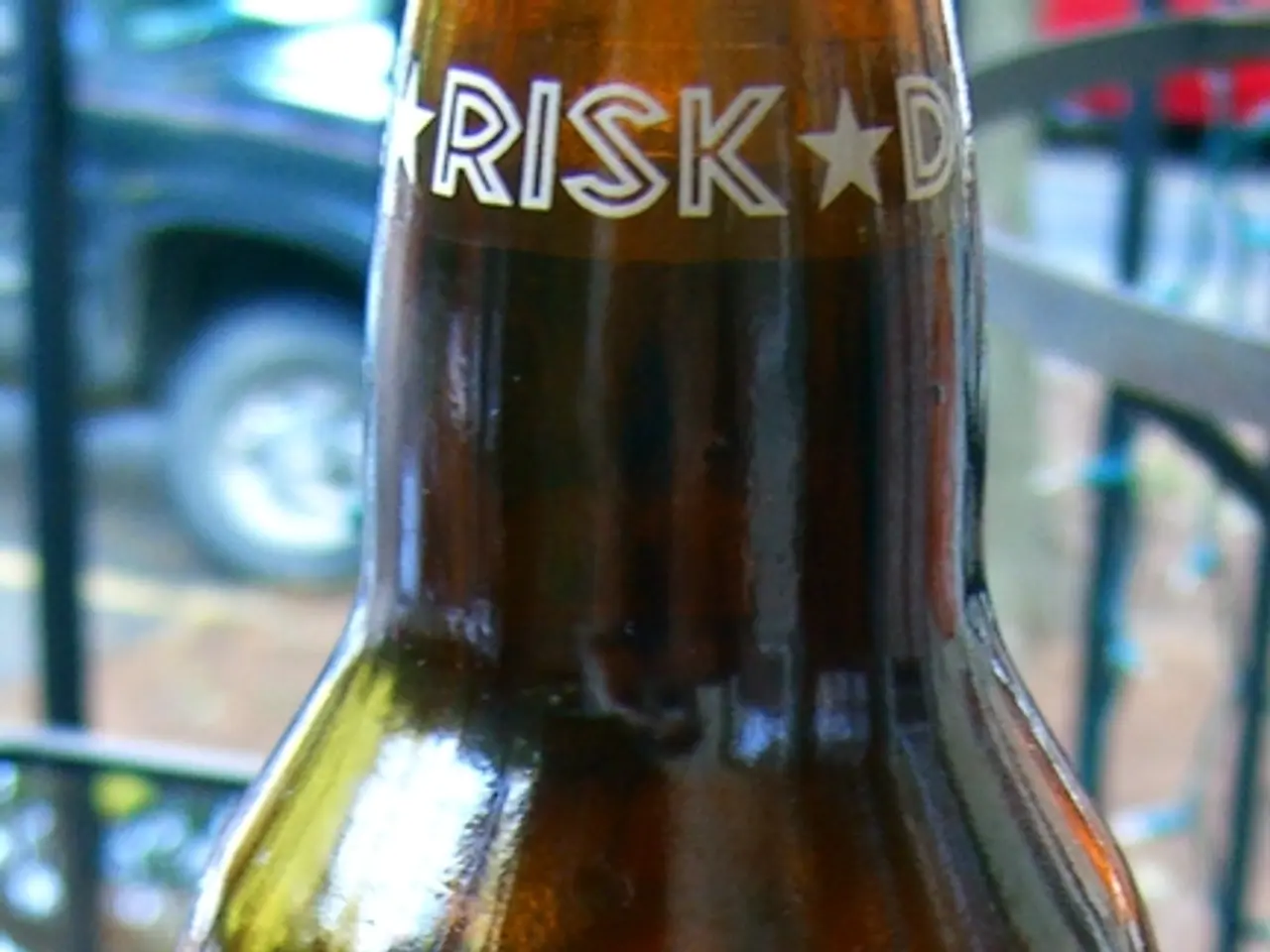Overheating Within Educational Spaces: Strategies for Safeguarding Children from Summer Heatwave
In the face of increasing heatwaves, the German Medical Association has highlighted the underestimated health impacts on children, emphasising the need for enhanced measures in schools. The state of Baden-Württemberg, in particular, has taken steps to address this issue, with Health Minister Manfred Lucha advocating for strategies such as seeking shade, staying hydrated, and reducing physical exertion during peak heat hours.
However, there are no uniform regulations for kindergartens and schools regarding closures due to high temperatures, with the responsibility of buildings, equipment, and providing essential items like fans or drinks falling on municipalities. This poses a logistical challenge, as noted by Norbert Brugger of the Baden-Württemberg Municipal Association, who cited the need to equip around 4,500 schools in the state.
To combat the heat, the Ministry of Culture has suggested a range of measures, including effective sun protection control, nighttime cooling, providing drinking water, and operating electrical devices only when necessary. Ventilating in the early morning hours, relaxing dress code rules, and designating cooling breaks are also recommended.
In classrooms where the room temperature exceeds 26°C, the association suggests that measures should be considered. This includes improving ventilation, shading, and hydration, as well as making infrastructure adjustments. Opening windows and doors early in the morning or overnight can allow stored heat to escape, while indoor blinds or curtains can block direct sunlight without obstructing airflow. Mechanical fans can increase air movement but are effective only when temperatures are below 35°C.
Schools should also encourage students to drink water frequently throughout the day and wear light, breathable clothing to reduce heat stress. Reducing physical activity and sun exposure during peak heat hours or modifying school schedules to avoid the hottest parts of the day can help protect students.
Long-term infrastructure upgrades, such as thermal blinds, cooling curtains, misting systems in schoolyards, and air conditioning units, can significantly improve comfort and safety. However, many schools still rely on portable fans and natural ventilation, which may be inadequate during extreme heat.
Minimising internal heat sources by keeping electric lighting to a minimum and turning off equipment that generates heat can also help reduce indoor temperatures. Some emerging solutions include thermoelectrically cooled neck fans that provide localised cooling, although their effectiveness is usually higher indoors than outdoors.
The city of Stuttgart has issued a model heat protection plan, recommending measures such as training staff, moving outdoor play to early morning hours, and providing fans, cooling textiles, drinking stations, shade-providing measures, mist showers, cooling compresses, and cooling baths. The state of Baden-Württemberg has supported counties, cities, and municipalities with 142 million euros by 2024, with 76.5 million euros for new projects, 60.5 million euros for school building renovations, including modern heat protection, and 5 million euros for full-day projects.
Young children are particularly vulnerable to heat due to their inability to regulate body temperature effectively. High temperatures, lack of fluids, and high UV exposure are dangerous for children, the elderly, and the homeless. Baden-Württemberg's Minister President Winfried Kretschmann has emphasised adaptation to climate change as a priority, but there are no special funds available for immediate measures during heatwaves.
The Baden-Württemberg Philologists' Association has demanded immediate action to protect teachers and schoolchildren from heat. The city of Stuttgart's heat protection plan also suggests a heat-adapted meal plan with lightly digestible dishes.
As the frequency and intensity of heatwaves increase, it is crucial for schools to implement effective strategies to create cooler, safer learning environments during hot weather. This includes timely ventilation management, behavioural adjustments (hydration, clothing, activity levels), and long-term infrastructure upgrades.
Science plays a pivotal role in understanding the health impacts of heatwaves, particularly on children. To ensure health-and-wellness during heatwaves, schools must consider measures like improving ventilation, shading, and hydration, as well as implementing long-term infrastructure upgrades such as thermal blinds, cooling systems, and air conditioning units.




